Health and wellbeing at school
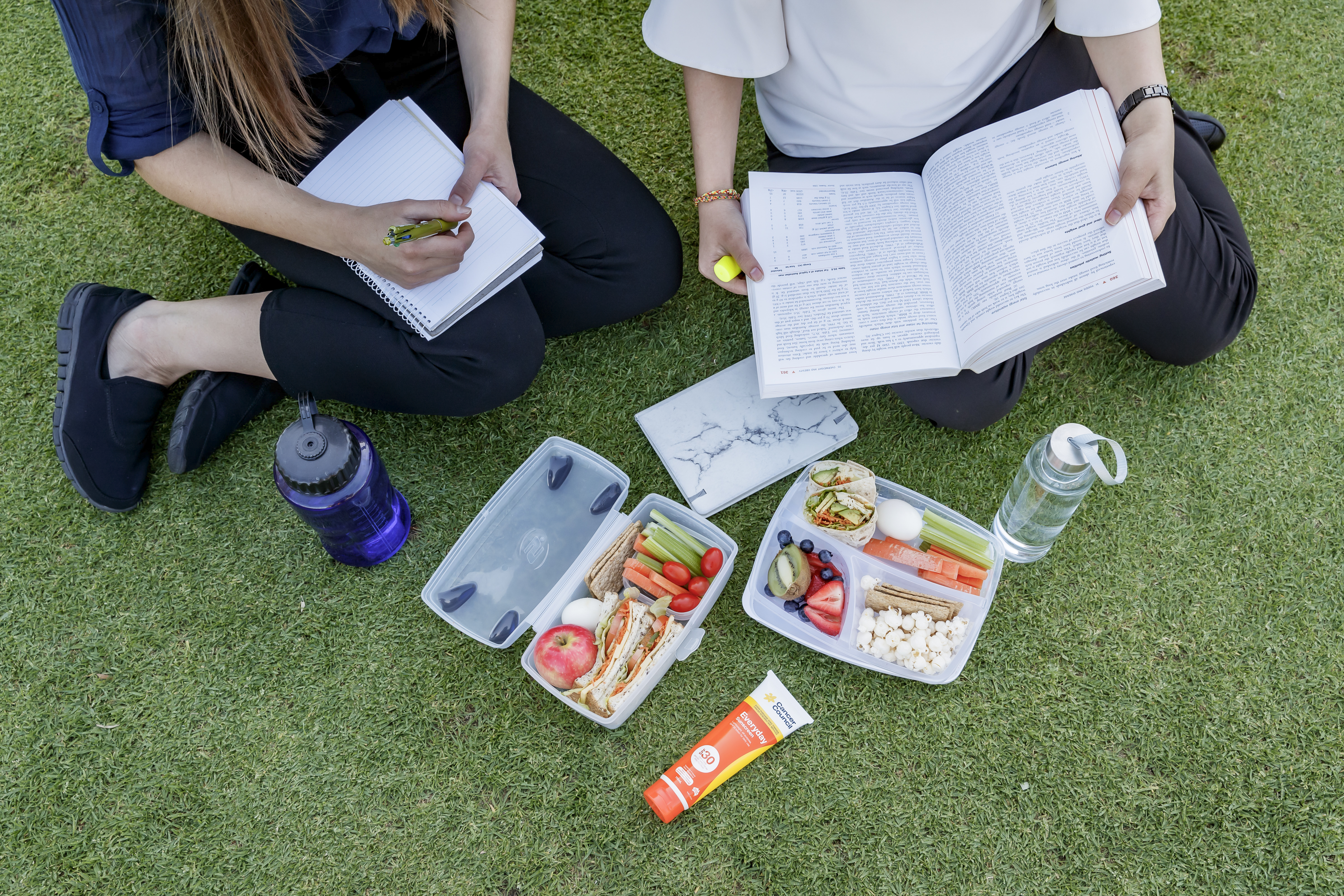
We know that people who work in schools often put the wellbeing of their students first. But caring for children takes loads of energy, focus, and resilience so prioritising your own health and looking out for your colleagues is an important part of keeping EVERYONE healthy and happy. To remind you of this we’ve put together some tips for looking after yourself at school.
Crunch&Sip®
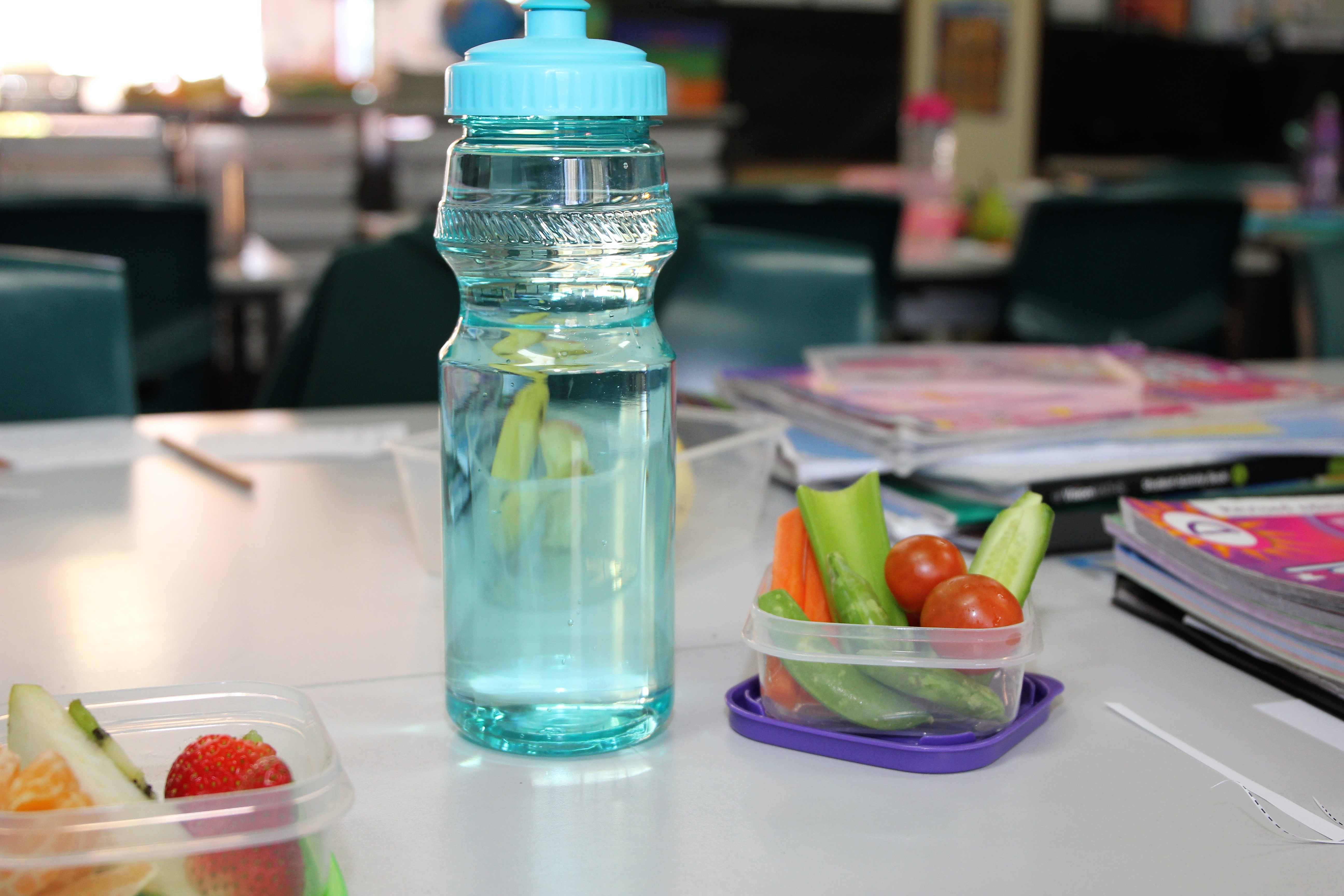 Crunch&Sip® is designed to help WA school children eat more vegetables and fruit each day, and is the ideal time for you to get an extra serve into your day too. Vegetables and fruit contain essential vitamins and minerals so they are perfect for keeping your energy levels up, your gut healthy and your mind happy and focused. They can also help to boost your immune system.
Crunch&Sip® is designed to help WA school children eat more vegetables and fruit each day, and is the ideal time for you to get an extra serve into your day too. Vegetables and fruit contain essential vitamins and minerals so they are perfect for keeping your energy levels up, your gut healthy and your mind happy and focused. They can also help to boost your immune system.
Water is essential and has many benefits. It helps regulate our temperature, aids digestion and improves concentration. We sometimes mistake our thirst for hunger so remember to sip on plenty of water throughout the day as this will help you differentiate between being thirsty or needing a snack. Aim for 2.1 – 2.6 (8 -10 cups) of water each day, or more if you are sweating a lot, unwell or moving more.
Socialise for health
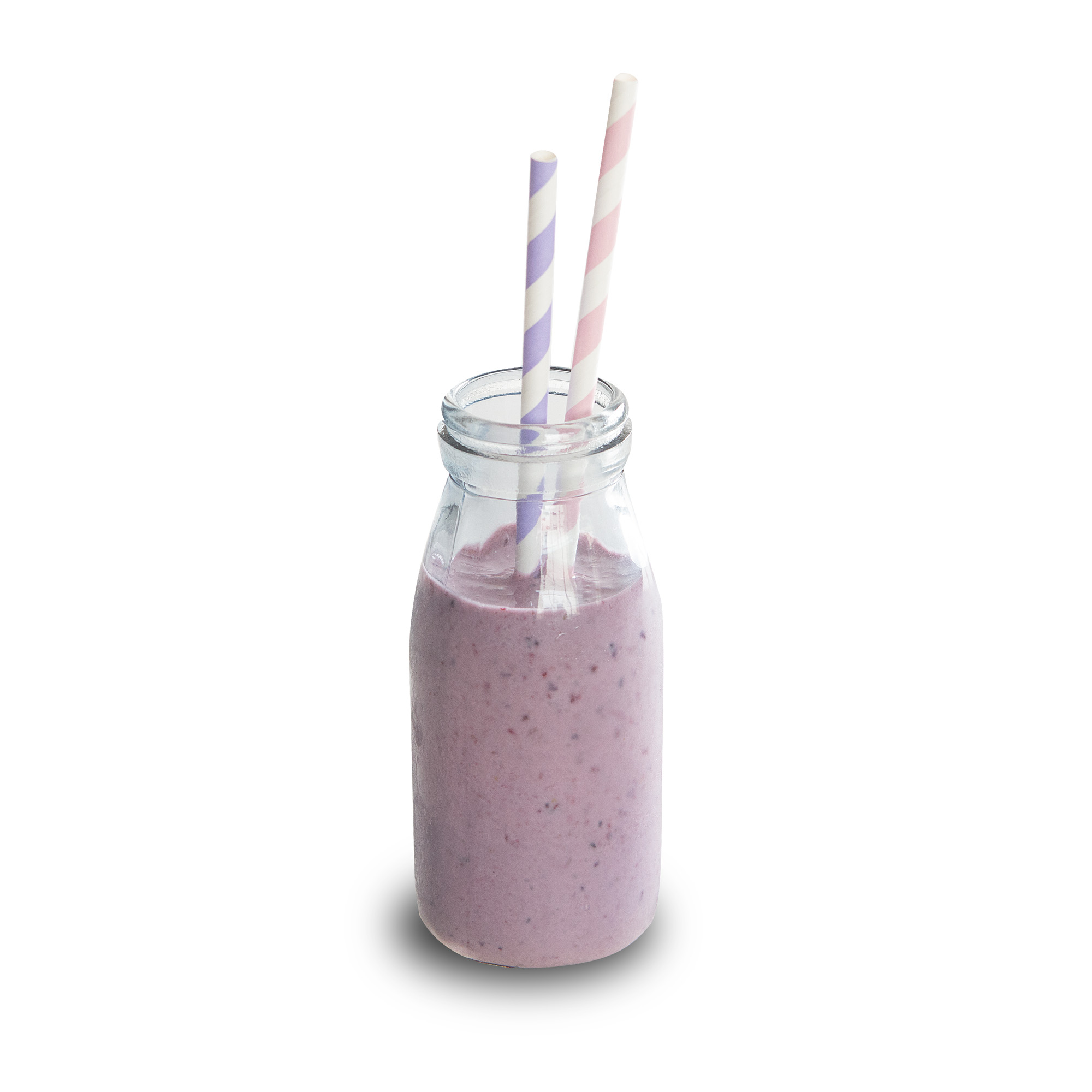 Active social events are loads of fun and can help people to feel involved and connected. Walking groups, backyard cricket, and lawn bowls are all great ways to put a healthy spin on work do’s.
Active social events are loads of fun and can help people to feel involved and connected. Walking groups, backyard cricket, and lawn bowls are all great ways to put a healthy spin on work do’s.
Traditional staff morning teas can be full of temptations with lots of food on offer that’s high in unwanted fats, salts, and sugars. Instead, try a platter with vegie sticks and a healthy dip such as hummus, tzatziki, or guacamole. Or set up a grazing station filled with roasted chickpeas, low-fat cheeses, and dried fruit. Fruit platters are always a winner and healthy homemade banana bread or raw bliss balls should satisfy those with a sweet tooth. See our healthy snacks page for some yummy and healthy morning tea ideas.
Pack your lunch with goodness
 It is important to fuel yourself with a nutritious lunch and snacks to help you through the day. Take some time to pack a healthy lunch and try to avoid foods high in saturated fat, sugar, and salt as these will leave you feeling sluggish, lacking in concentration and hungry again. Planning and preparation are key to ensuring you have healthy food at the ready so think about lunches when planning your weekly shop and where possible, prepare your lunch ahead of time. Soups, casseroles and rice dishes are fabulous to make in bulk and freeze in small portions ready to grab and go.
It is important to fuel yourself with a nutritious lunch and snacks to help you through the day. Take some time to pack a healthy lunch and try to avoid foods high in saturated fat, sugar, and salt as these will leave you feeling sluggish, lacking in concentration and hungry again. Planning and preparation are key to ensuring you have healthy food at the ready so think about lunches when planning your weekly shop and where possible, prepare your lunch ahead of time. Soups, casseroles and rice dishes are fabulous to make in bulk and freeze in small portions ready to grab and go.
Aim for 2 serves of vegetables and 1 serve of fruit in your lunchbox each day and go for protein foods and whole grains to help you stay full for longer and assist with concentration and energy. Visit our healthy lunchbox page for some lunchbox inspiration.
Move more
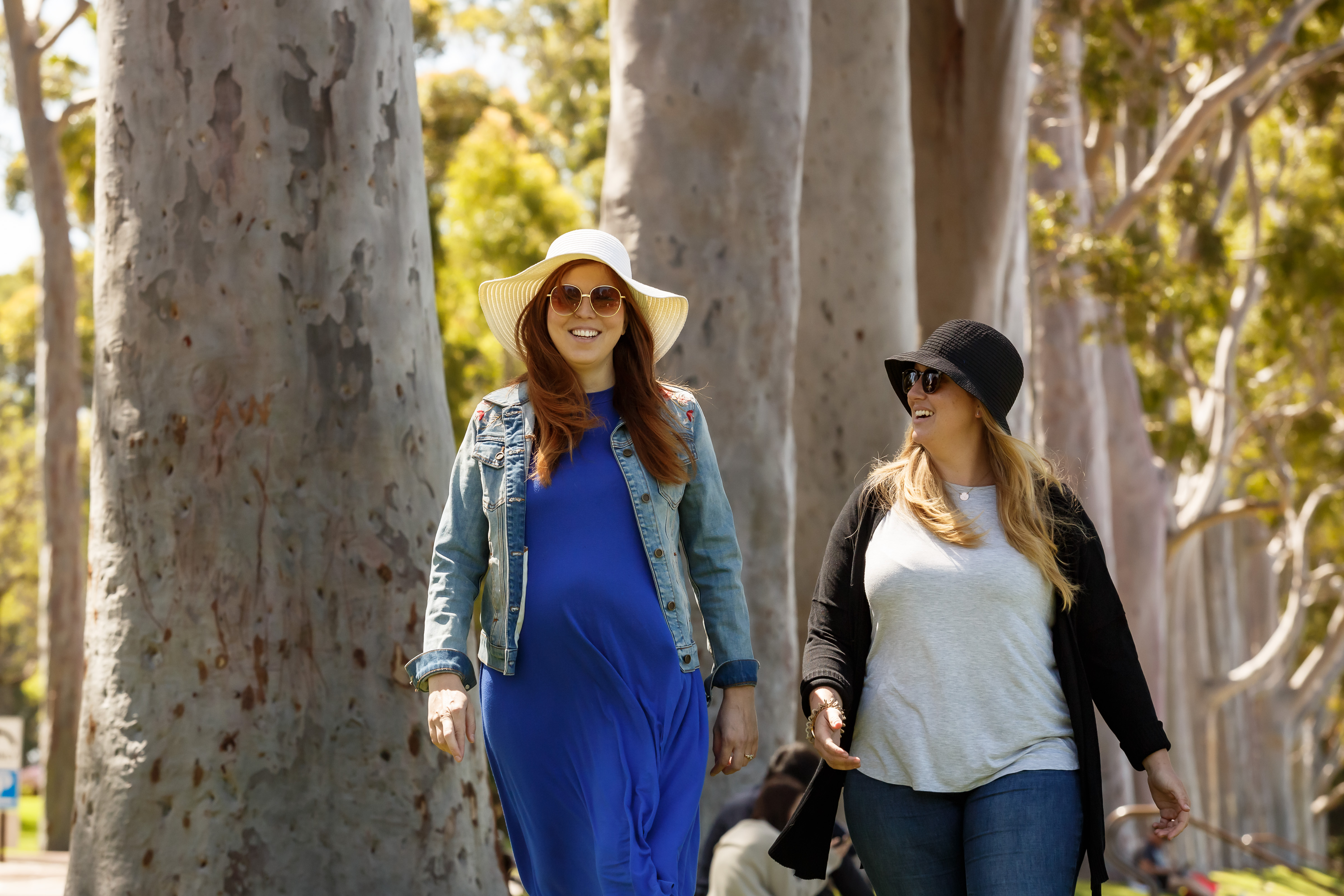 Aim to embed movement breaks in your classroom and throughout your day such as a quick 5 minute stretch with your students, an active ‘Simon Says’, a short workout in your DOTT period (we recommend LiveLighter’s 3-minute workout) or joining in with morning fitness. Including regular movement helps to increase blood flow and improve fitness, remember that it all adds up across the day.
Aim to embed movement breaks in your classroom and throughout your day such as a quick 5 minute stretch with your students, an active ‘Simon Says’, a short workout in your DOTT period (we recommend LiveLighter’s 3-minute workout) or joining in with morning fitness. Including regular movement helps to increase blood flow and improve fitness, remember that it all adds up across the day.
Protect your skin
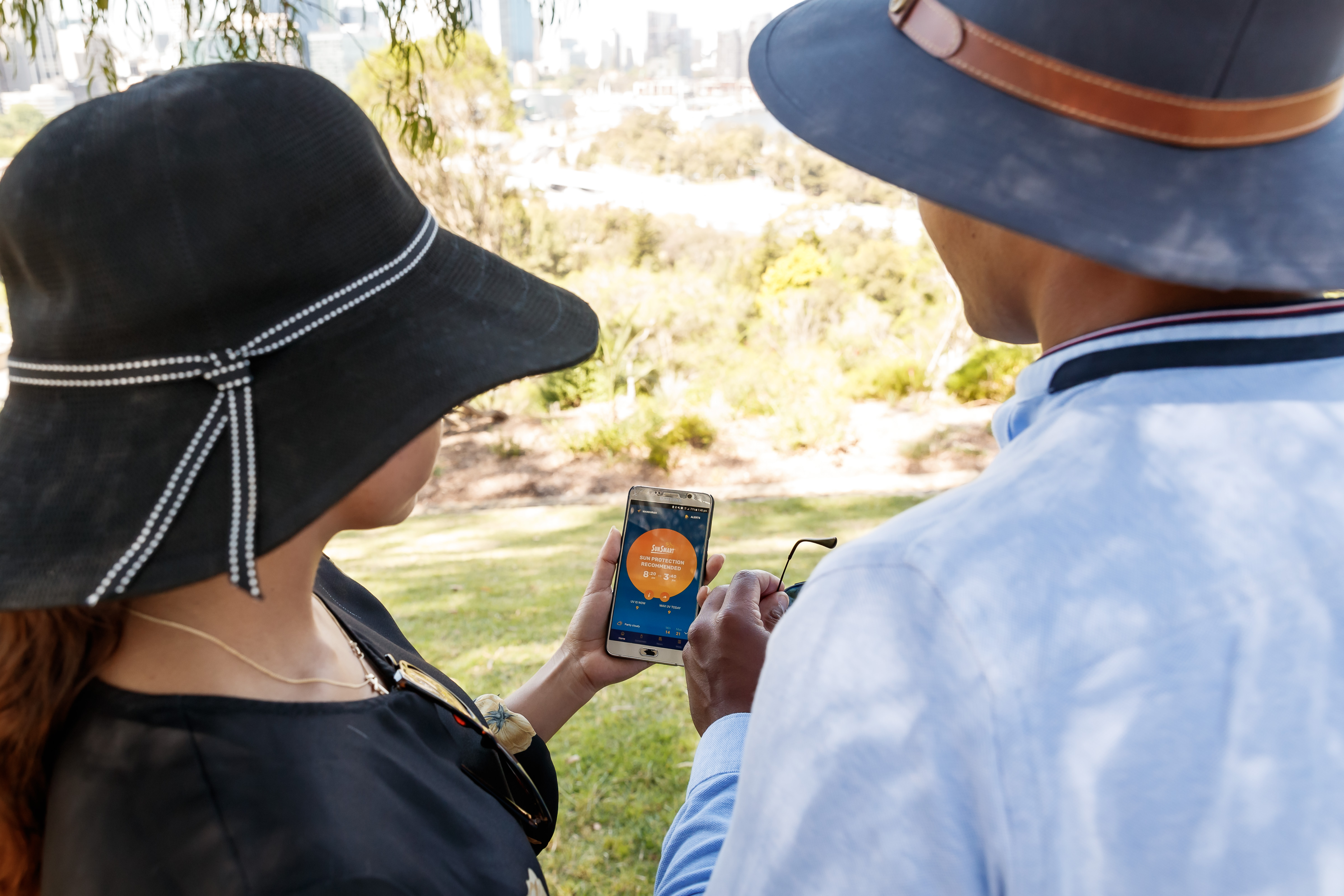 Did you know the sun can see through your skin to the cells beneath the surface? In fact, each time the sun sees your cells when the UV is 3 or above, it’s doing damage that continues to build up over time, and could potentially cause a mutation in your DNA which can turn to skin cancer.
Did you know the sun can see through your skin to the cells beneath the surface? In fact, each time the sun sees your cells when the UV is 3 or above, it’s doing damage that continues to build up over time, and could potentially cause a mutation in your DNA which can turn to skin cancer.
While a lot of Australians know about the link between high UV (ultraviolet) radiation and skin cancer, many of us are unaware of the cumulative effect of UV and therefore don’t always think about sun protection in everyday activities, like gardening, walking to the shops or school activities such as playground duty.
For those working in schools, using decent sun protection serves two purposes – role modeling for children and reducing your own risk of skin cancer. So don’t forget to protect your skin whenever the UV is 3 and above.
To defend yourself properly;
make sunscreen a part of your morning routine each day,
switch your cap for a hat with a good brim,
wear long sleeves and sunglasses,
always stay in the shade when you can,
success download the free SunSmart app for your phone.
It’s simple, just don’t let the sun see your DNA.
Make time to unwind outside of school
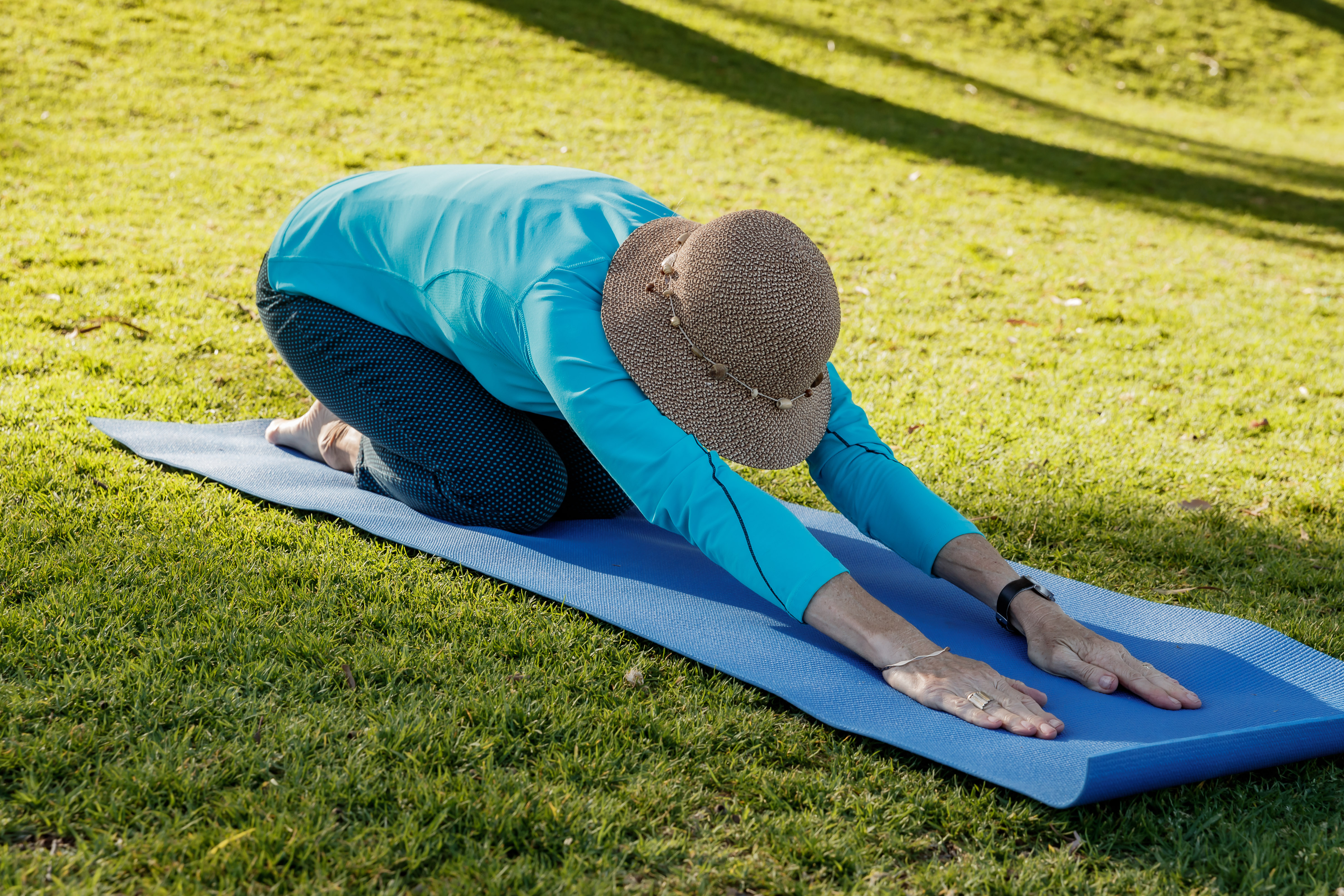 Schedule time to do things that you enjoy and will help you unwind. This could be meditation/mindfulness, going for a walk, calling a friend, or listening to music. Allowing time to unwind helps to reduce stress, improve your focus, improve sleep, and ultimately feel more energised. This will also make it easier to practice the healthy habits listed above.
Schedule time to do things that you enjoy and will help you unwind. This could be meditation/mindfulness, going for a walk, calling a friend, or listening to music. Allowing time to unwind helps to reduce stress, improve your focus, improve sleep, and ultimately feel more energised. This will also make it easier to practice the healthy habits listed above.
By putting some of these healthy tips in place, you are not only looking after yourself, but you are also setting a positive example for your students. As studies show, students are more likely to practice healthy behaviours for themselves if they see adults in their life (such as teachers and parents) setting a positive example. (1,2)
If you are interested in creating a healthier workplace and adopting some of these ideas at your school, head to Cancer Council WA’s Healthier Workplace website www.hwwa.com.au or check out their blog. Healthier Workplace WA offers free services to help workplaces implement a successful health and wellbeing program.
References:
-
Scaglioni Silvia., Salvioni Michela, & Galimberti Cinzia (2008). Influence of parental attitudes in the development of children eating behaviour. British Journal of Nutrition, 99(1), 22-25. Doi:10.1017/S0007114508892471
-
Boddy, Lynne M., Knowles, Zoe R., Davies, Ian G., Warburton, Genevieve L., Mackintosh, Kelly A., et al. (2012). Using formative research to develop the healthy eating component of the CHANGE! school-based curriculum intervention. BMC Public Health; London, 12. doi:10.1186/1471-2458-12-710